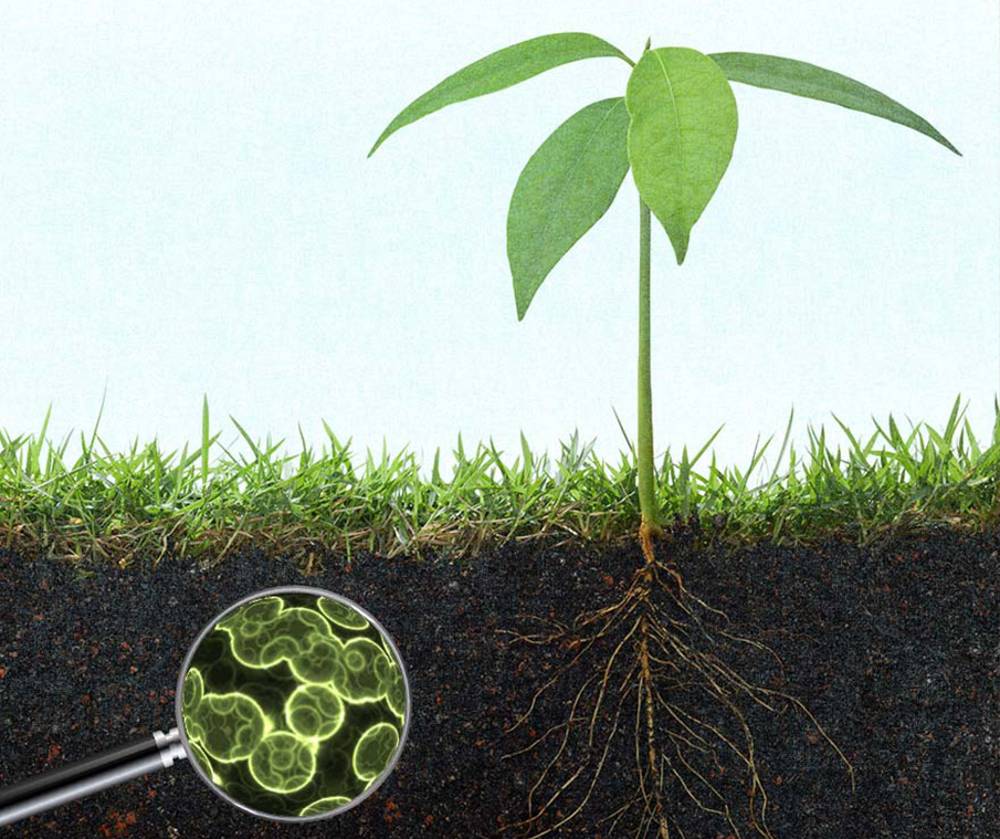
90% of nutrient uptake by plant roots is cycled through a soil organism before becoming plant available.
Plant available water in the soil becomes plant available because soil micro-organisms make the soil aggregates that allow water to infiltrate and be stored.
Soil microbes are most active between 50%- 75% soil moisture content by weight and at temperatures between 4 – 26⁰C. For every 12⁰C increase in temperature between this range, microbe activity will approximately double if adequate moisture is present.
Soil microbe activity increases significantly if there is just a 1% increase in oxygen in the soil.
Soil organisms help control soil pH
Nitrogen is held in the cells of soil organisms, so feeding the soil with living organisms introduces nitrogen into the cycle. By doing this, you can reduce how much nitrogen you have to introduce to your farm as it’s making use of the nitrogen currently locked away in the soil. The organisms and microbes in the soil are affected by the chemicals that many of today’s farmers use- pesticides, synthetic fertilisers and so on. By using these, the biological balance within the soil changes. In particular, vulnerable beneficial microbes such as mycorrhiza, methanotrophs, nitrogen fixers, disease suppressors and earthworms don’t recover until well after these chemicals are no longer in use.
Soil Organic Matter typically makes up around 5% of the soil by weight but is critical in that it feeds the organisms that comprise the soil web, so they fix, decompose, acquire, and cycle essential plant nutrients.
For more in-depth information search the internet for:
- The role of soil microbes
- The relationship between soil microbes and soil and plant health
